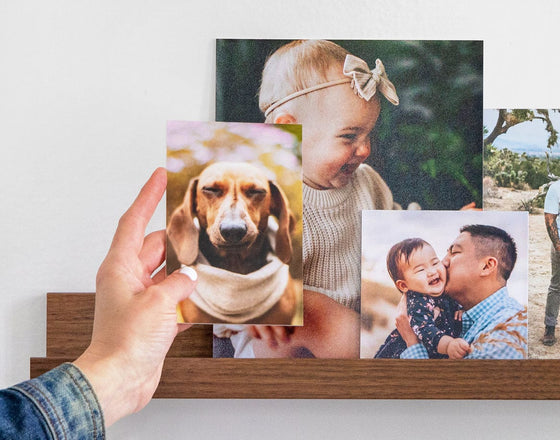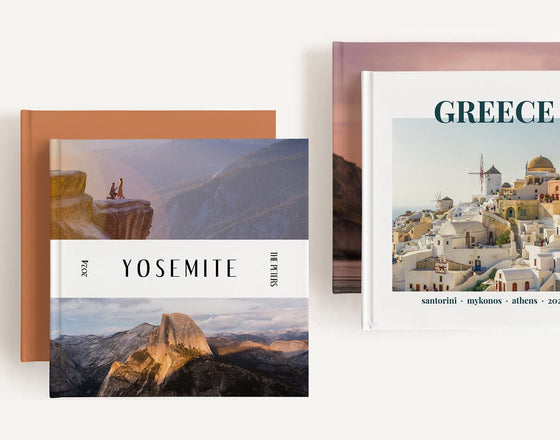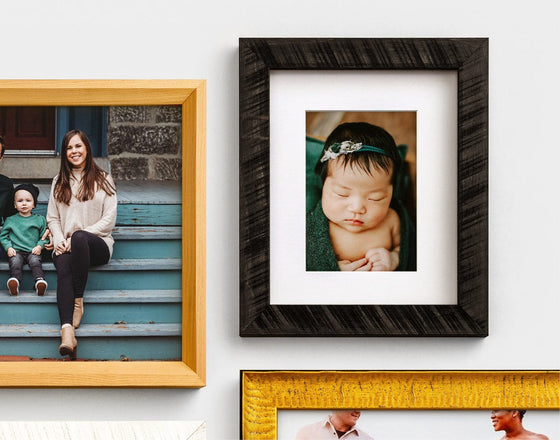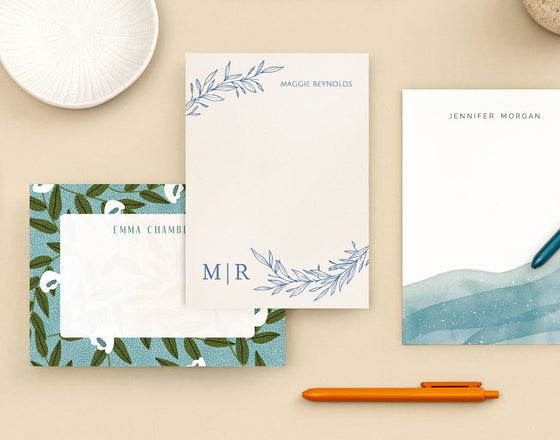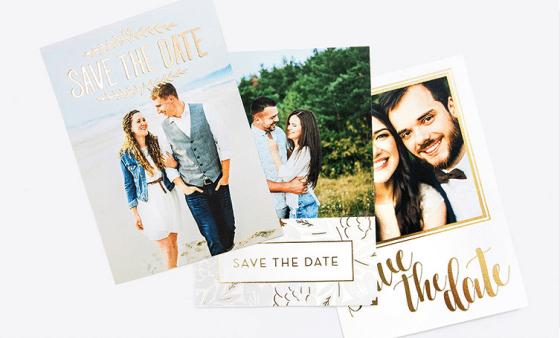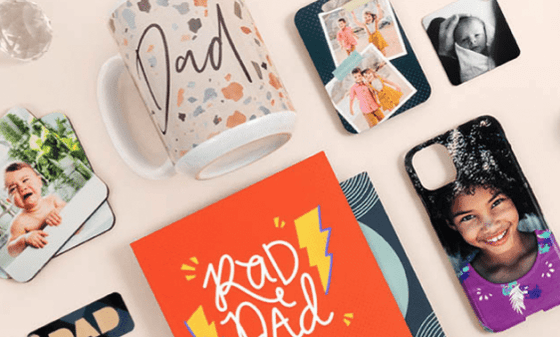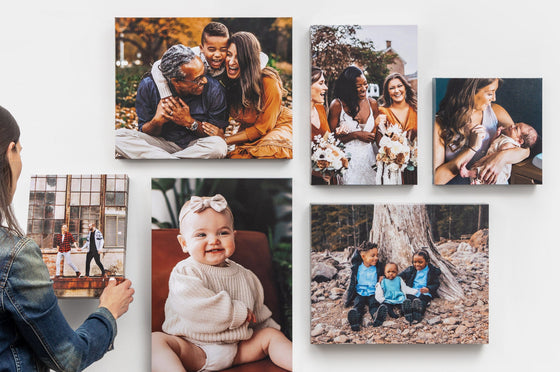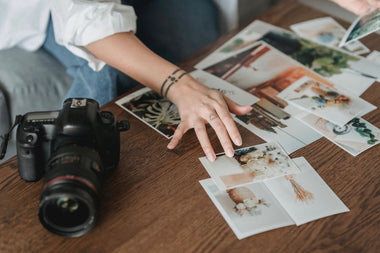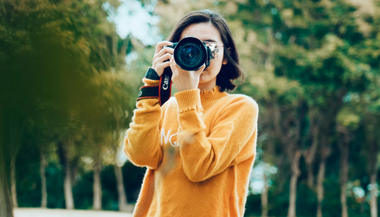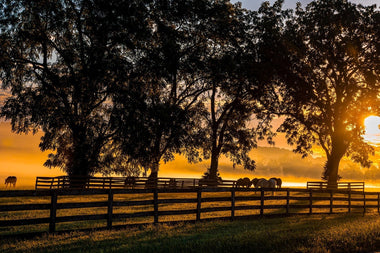Looking to brush up on your skills and add a new skill to your photographer toolkit? Our friend, Laura of Laura Alpizar Photography is sharing her tips on incorporating flash and studio lights into your photos.

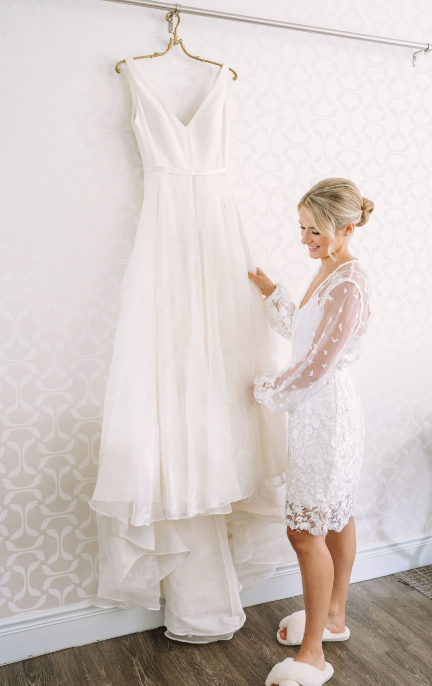

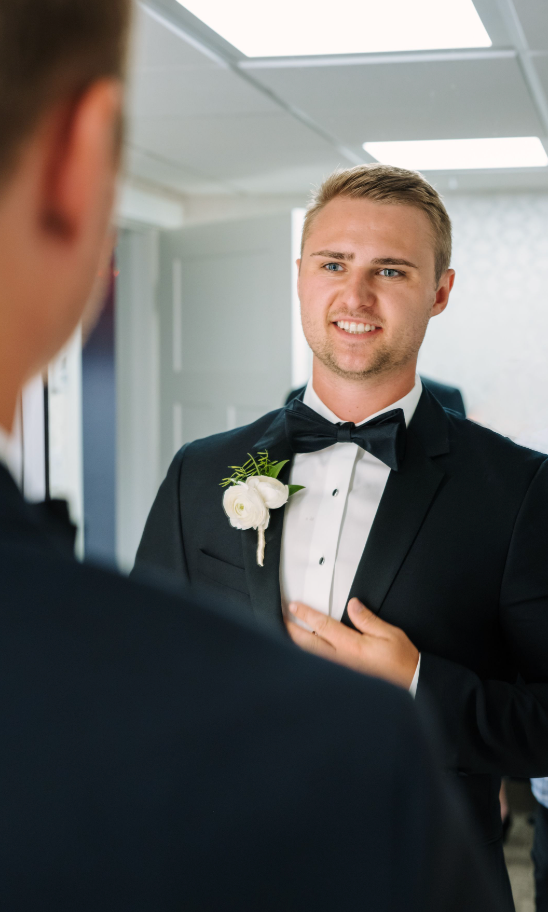
Why Use Flash or Studio Lights?
While natural light is beautiful, sometimes we are unable to count with natural light to create the kind of photos we are envisioning. That's where the power of knowing how to create your own light comes into play! Adding flash or studio lights to your capacities as a photographer can elevate your images to a whole new level and allow you to shoot under any light situation. Maybe you have been a photographer for a couple of years or maybe you have been a photographer for a decade! Either way, understanding how to incorporate different lighting techniques can bring more creativity and control over your photos, create a more professional look to your portfolio and expand the kind of work you do.
Understand the Basics
Before diving into the world of flash and artificial light, it's crucial to establish a good base. Start by familiarizing yourself with the different types of flashes and studio lights available, such as speedlights, strobes, and continuous lighting. Besides the main camera brands, there might be different brands available that are compatible with your camera system. Learn about their features, power settings, and how they interact with your specific camera. Start researching about triggers and battery life. If you haven’t already, develop a solid understanding of exposure, aperture, shutter speed, and ISO, the main components of exposing a good picture, as these basic photography skills will be vital in achieving balanced and well exposed lighting!Master On Camera Lighting
Using on-camera light is a very convenient and versatile way to understand the intensity adjustments and direction of the light. Different times you can start to practice and master your on camera lights are when you're shooting in low-light conditions, when you need filling in shadows, or you would like adding a catchlight to your subject's eye. Most on camera speedlights are compact and provide easy controls! When choosing a specific brand, consider the power output, the battery life and the recycling time. This will directly affect the performance of the light. Continue to experiment with on camera light by adding on camera light modifiers, which we will talk about later as well for other kinds of lighting.
Experiment with Off-Camera Lighting
Don’t know where to start with off camera lighting? Put your speedlight off your camera to start and learn how to trigger or activate your light from your camera! You will definitely take your photography to the next level by starting to explore off-camera lighting techniques. Once you move your flash off camera or incorporate full studio lights you will be able to achieve more creative and dynamic lighting setups. In order to activate the flash you will need to use wireless triggers, which are like remote controls for your light, and you will need to add one or more light stands to position your lights strategically. Experiment with various angles, starting with a 45 angle, to a different light on each side, or even behind the subject. Get close and far with different distances to create interesting highlights, shadows, and depth in your photos. The distance will affect the power of the flash, so you can learn how to modify these interchangeably. Off-camera lighting gives you the freedom to shape the light, create dramatic results or just a little flare that will result in more visually compelling images.
Almighty Light Modifiers
Light modifiers are the most essential tools for shaping and controlling light. You can have any number and capacity of light source but without a modifier you won’t be able to “shape” it. Start to experiment and have fun! The main modifiers are softboxes and umbrellas, but you will also want to learn to use reflectors, grids and other smaller modifiers to achieve different lighting effects. Softboxes create a soft, diffused light, and are very popular for portraits. There are different sizes and shapes, keep in mind you don’t need to purchase the most expensive system out there to have excellent results. All you need to start is to practice! Later you can add different systems that come with portability capabilities as well as magnets that make switching things around way easier. Umbrellas are also a wonderful and accessible tool to start to learn how to soften the light or provide broader coverage. There are reflective umbrellas and white umbrellas that you can use. For reflectors, you will want to remember to use them when you want to bounce and redirect light, although you might need a hand or holder of sorts. Grids go over the lights and offer more precise control over light spill. Understand and explore how each modifier affects the quality, direction, and intensity of light, and try different ways to combine multiple modifiers for results that you like!
Practice and Study
As with any technique, practice is key to mastering the use of flash or studio lights for your photos. Experiment with different subjects and environments, such as models in the studio, or a couple in an outdoor setting, to even a party or a wedding reception! Practice will let you gain confidence and familiarity with your equipment. Mistakes will be the best teachers! When you achieve a look you like, make sure to note down the settings and try to recreate it as soon as possible. This will allow you to refine your skills, so we can learn from both mistakes and success. Take the time to study the work of other photographers who specialize in flash or studio lighting, the internet is full of amazing inspiration! Incorporating flash in your photography opens up a world of creative possibilities! Once you are able to understand what the light does, and how you can better modify it and balance the existing light you will take your creativity to the next level. There will be many challenges even after you learn how everything works, embrace the journey and use this information to learn. The power of creating your own light for photos might be the best tool yet in your photography career!How will you be incorporating studio lighting in your next shoot?
